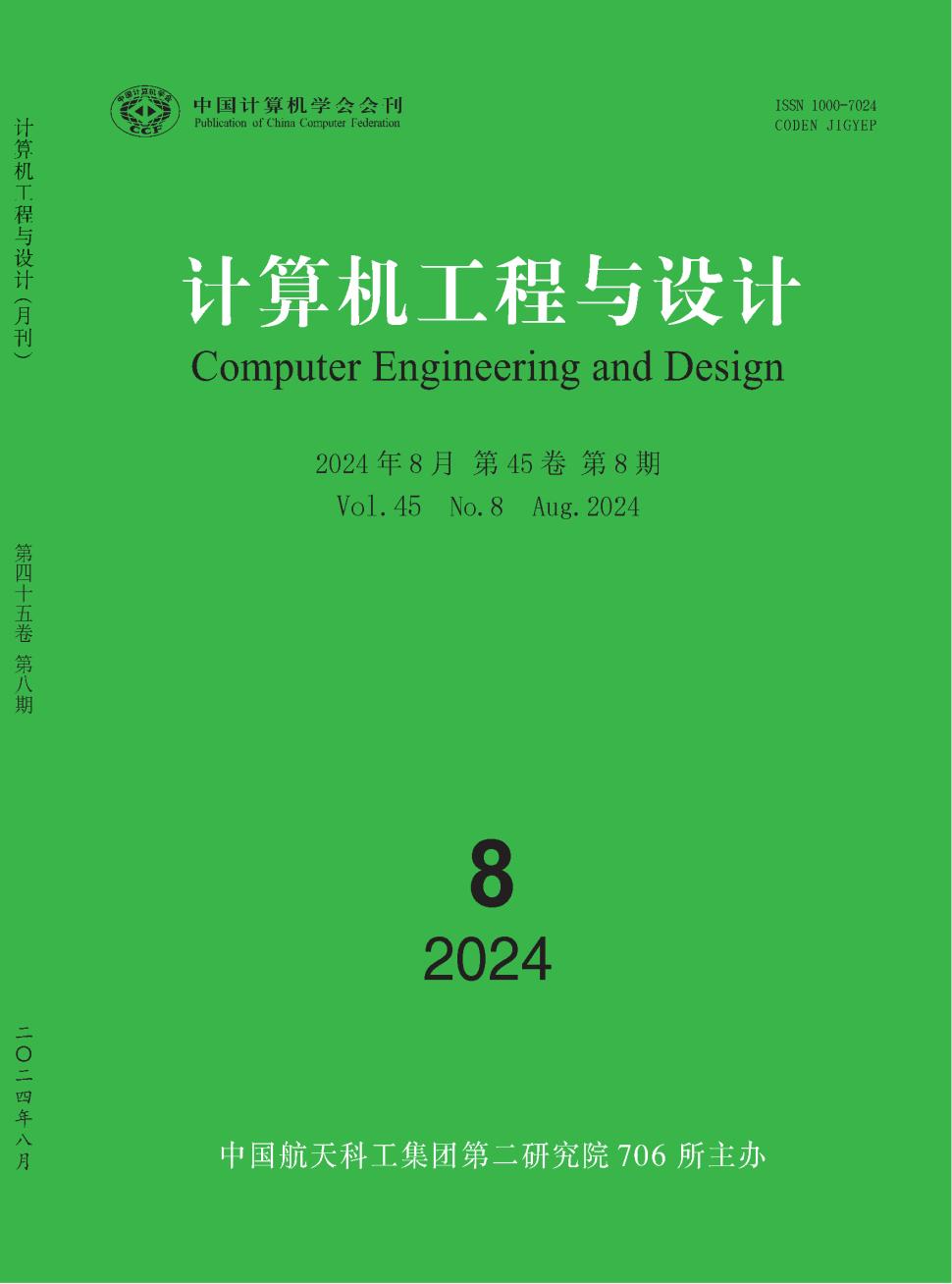Tourette Syndrome’s Coprolalia Explanation using Bipartite Graph Matching of Thoughts and Game Theoretic Model for Symptoms Minimisation
引用次数: 0
Abstract
Coprolalia is a symptom of Tourette’s syndrome, which is essentially involuntary cursing. The obscene words usually have a meaning, which is associated with offending social acquaintances often based on locality or sexuality. This results in a patient’s social isolation and increased anxiety. The patient finds herself stopping things that she would do in her everyday life. In this work, we aim to explain the Coprolalia symptom with the means of bipartite graph matching. We assume that the brain network performs some kind of rerouting of thoughts, which results in the association of normal thoughts with their matched obscene ones. With this we aim to decode the operation that results in Coprolalia, in order for the patient to be informed of this behaviour. Furthermore, we propose a game-theoretic model based on the Battle of the Sexes, which has two equilibria in the pure strategies, namely to jam the intrusive coprolalic thoughts or to pass through the brain. In this way, we provide a mechanism for the patient to stand in social activities, in which the symptoms are severe. Moreover, we align with Cognitive Behavioural Therapy (CBT), with which intrusive thoughts pass through the brain with the aim of deteriorating.用思想的二部图匹配和症状最小化的博弈论模型解释抽动秽语综合征的伴随症状
口臭是图雷特综合症的一种症状,本质上是无意识的咒骂。这些淫秽的词语通常是有含义的,通常是基于地域或性别而冒犯社会上的熟人。这导致患者的社会孤立和焦虑增加。病人发现自己停止了她在日常生活中会做的事情。在这项工作中,我们的目的是用二部图匹配的方法来解释伴随症状。我们假设大脑网络执行了某种思想的重新路由,从而将正常的思想与相匹配的淫秽的思想联系起来。有了这个,我们的目标是解码导致Coprolalia的操作,以便患者了解这种行为。在此基础上,我们提出了一个基于性别之战的博弈论模型,该模型在纯策略中存在两种平衡,即阻塞侵入性的共生思想或通过大脑。通过这种方式,我们为患者提供了一种机制,让他们能够站在症状严重的社会活动中。此外,我们与认知行为疗法(CBT)保持一致,通过这种疗法,侵入性思想通过大脑,目的是恶化。
本文章由计算机程序翻译,如有差异,请以英文原文为准。
求助全文
约1分钟内获得全文
求助全文
来源期刊
自引率
0.00%
发文量
20353
期刊介绍:
Computer Engineering and Design is supervised by China Aerospace Science and Industry Corporation and sponsored by the 706th Institute of the Second Academy of China Aerospace Science and Industry Corporation. It was founded in 1980. The purpose of the journal is to disseminate new technologies and promote academic exchanges. Since its inception, it has adhered to the principle of combining depth and breadth, theory and application, and focused on reporting cutting-edge and hot computer technologies. The journal accepts academic papers with innovative and independent academic insights, including papers on fund projects, award-winning research papers, outstanding papers at academic conferences, doctoral and master's theses, etc.

 求助内容:
求助内容: 应助结果提醒方式:
应助结果提醒方式:


